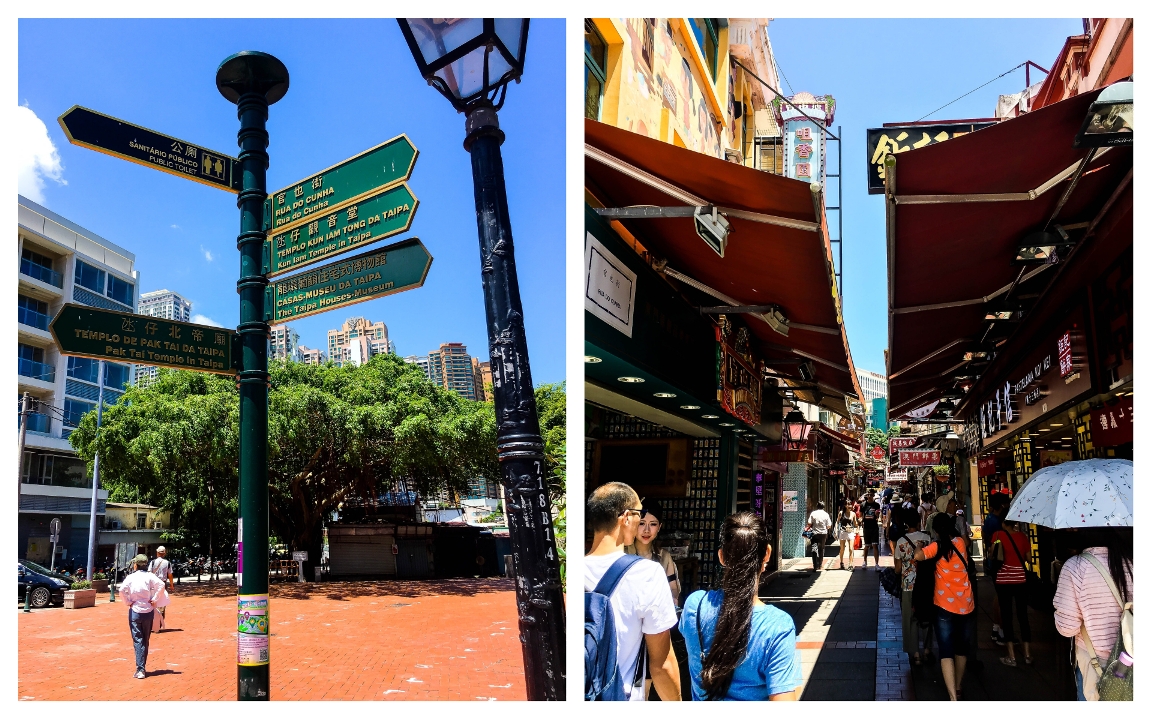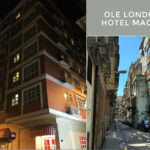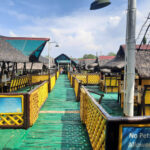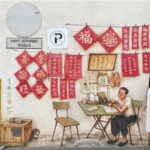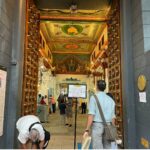Taipa Village is a centuries-old village representing the old and new Macau. Taipa’s milieu is, in many ways, similar to that of its sister peninsula, with its colonial buildings and aging capsule apartments, juxtaposed with the lifestyle hubs of surrounding megastructures. It encapsulates the heart of Macau, the shabby, and unpolished parts overshadowed by the country’s lavish casinos.
Let us take you on a walking tour of Cotai Strip and Taipa:
Rua do Cunha
The Venetian Macao is every tourist’s gateway to the Old Taipa Village. We exited from the Venetian Lobby and walked towards the Galaxy, where a travelator connects casino visitors to the Old Taipa Village. From there, we just followed where most tourists were going and ended up in Rua Do Cunha, also known as “food street.”
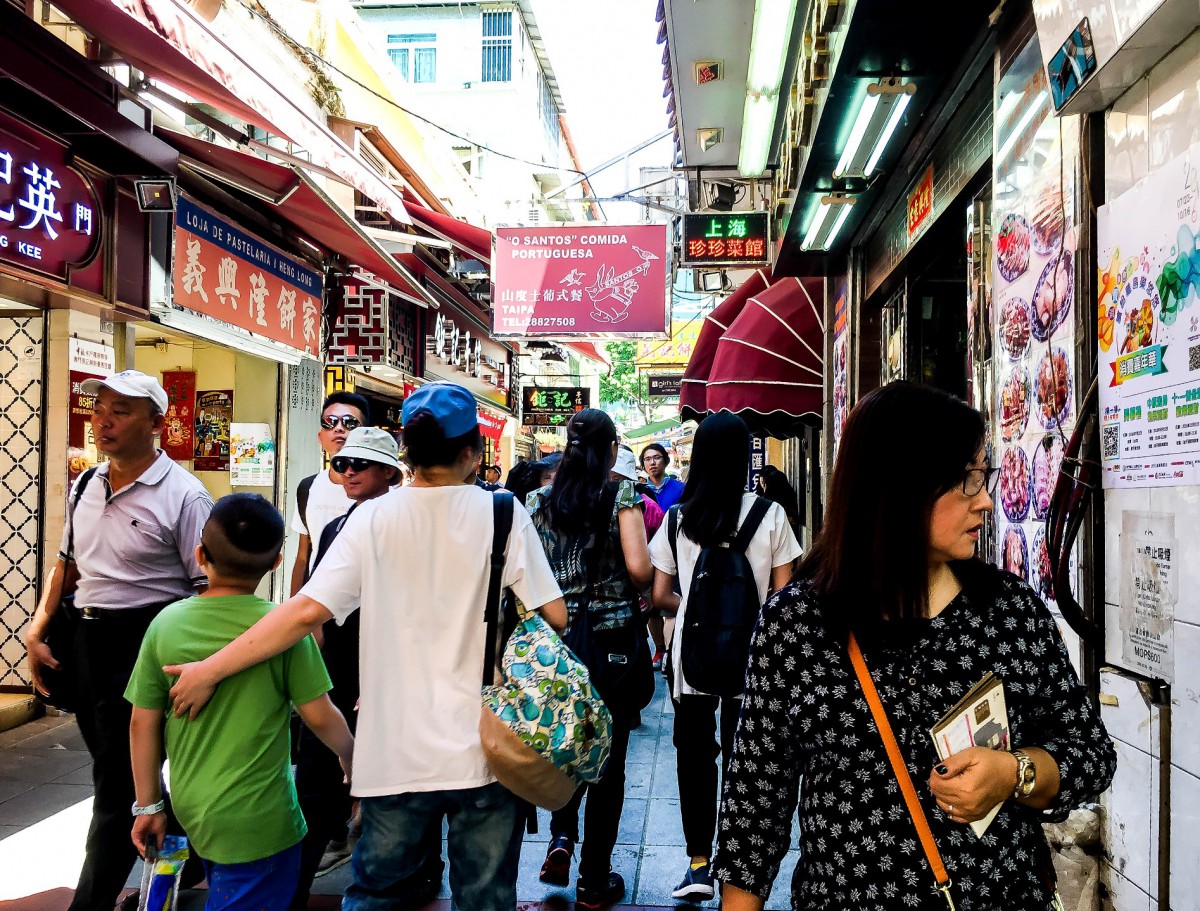
Cunha Bazaar
Our first stop at Rua do Cunha was a souvenir shop. My mother and I got the usual keychains, shirts and postcards from the shop. I also took home Buddha paperweights from the shop.
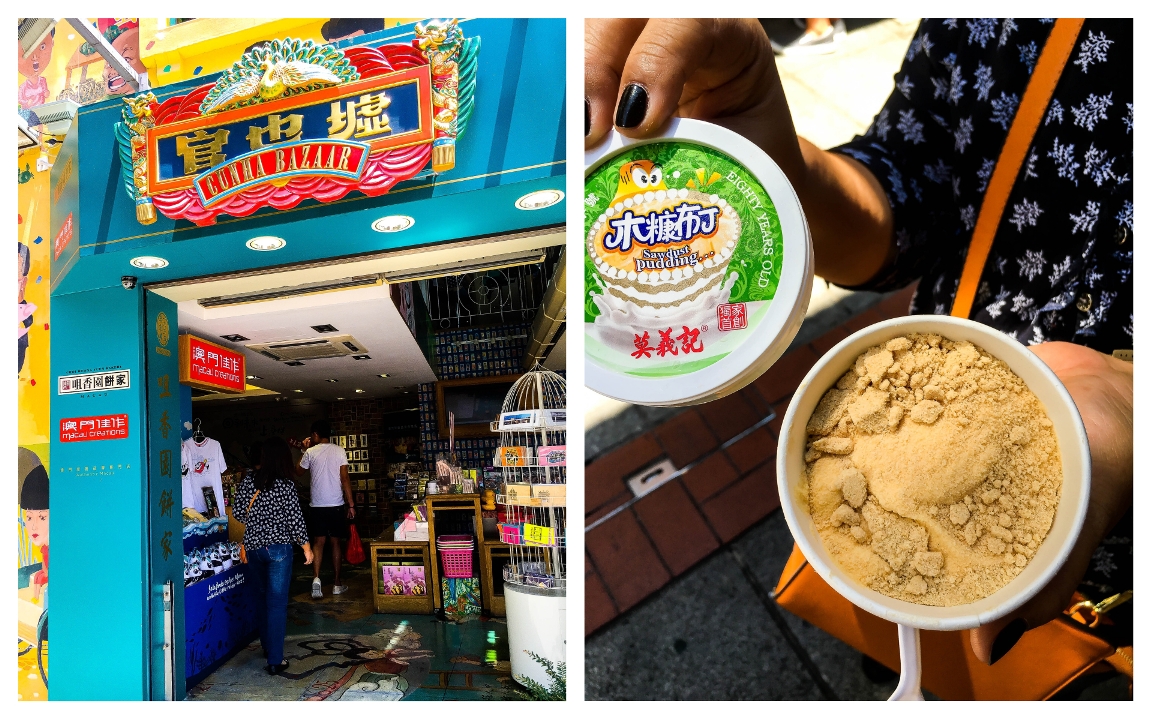
Pastelaria Koi Kei (Koi Kei Bakery)
Pastelaria Koi Kei is a major food brand that sells pastries and snacks in Macau. It’s impossible for tourists to miss this bakery as they occupy a huge location at Rua do Cunha (as with their branch on Rua de Felicidades in the Macau Peninsula). People say that the branch at the Old Taipa Village was where it all started for the pastry shop.
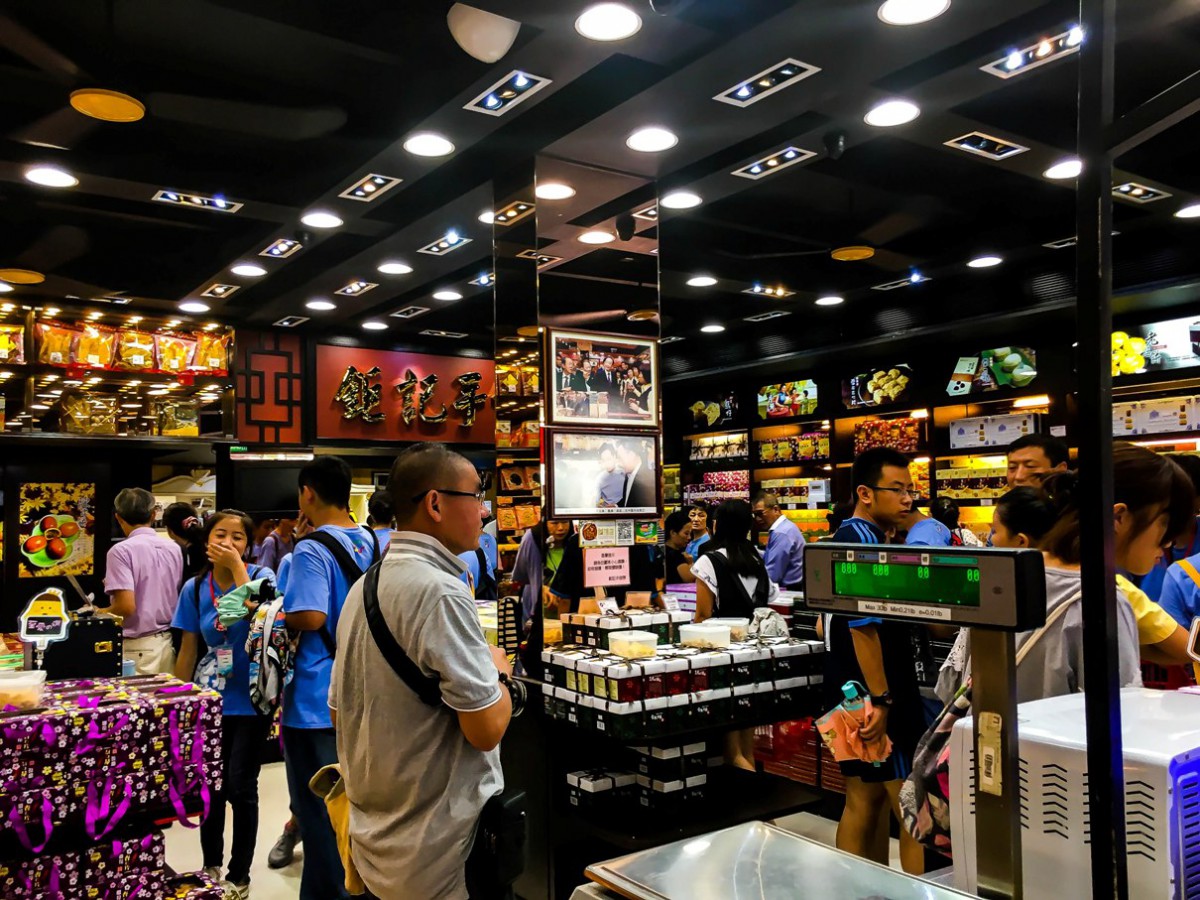
Pastelaria Koi Kei is most known for their almond cookies and meat jerky, and they offer testers for most of their delicacies. They also sell those tikoy-type of chewy desserts and a whole variety of sweet candies. According to Macau Lifestyle, Koi Kei sells millions of cookies every day.
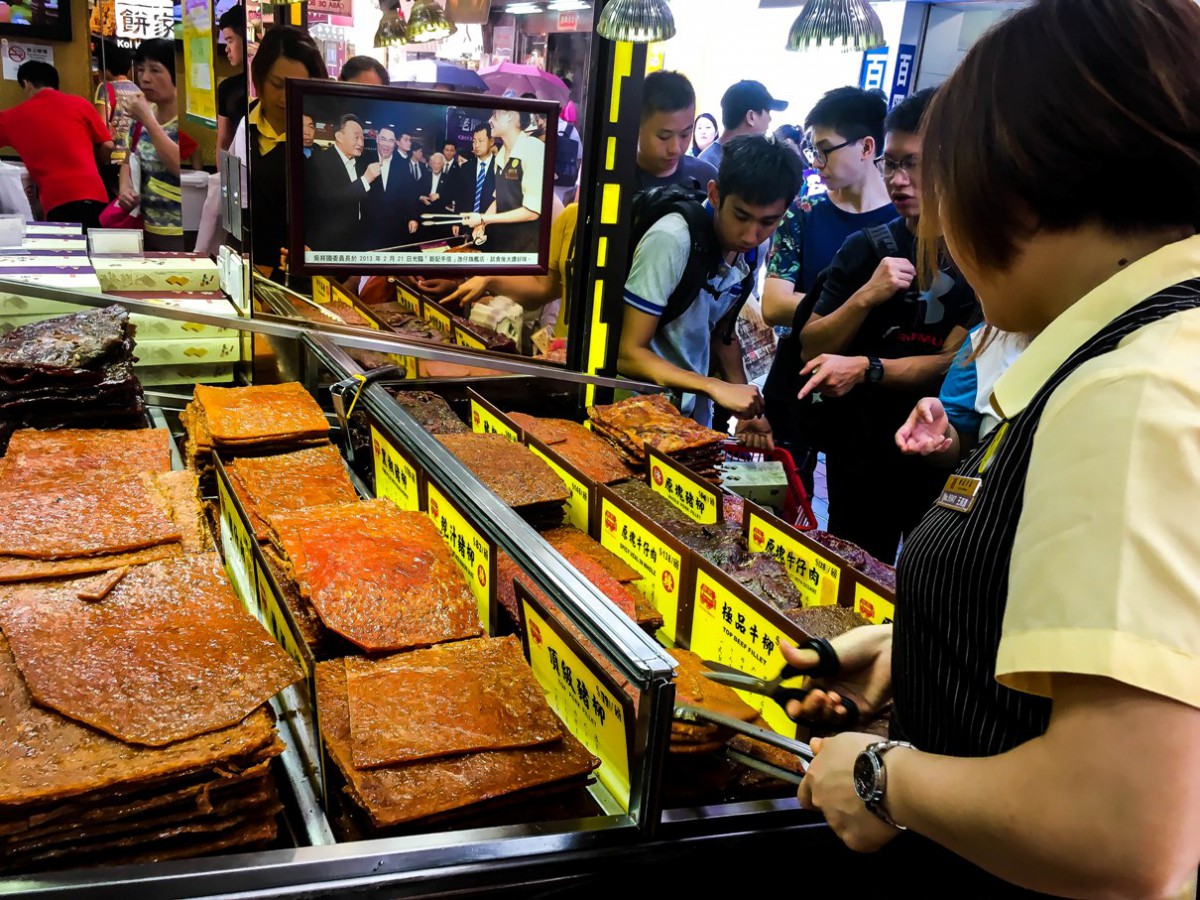
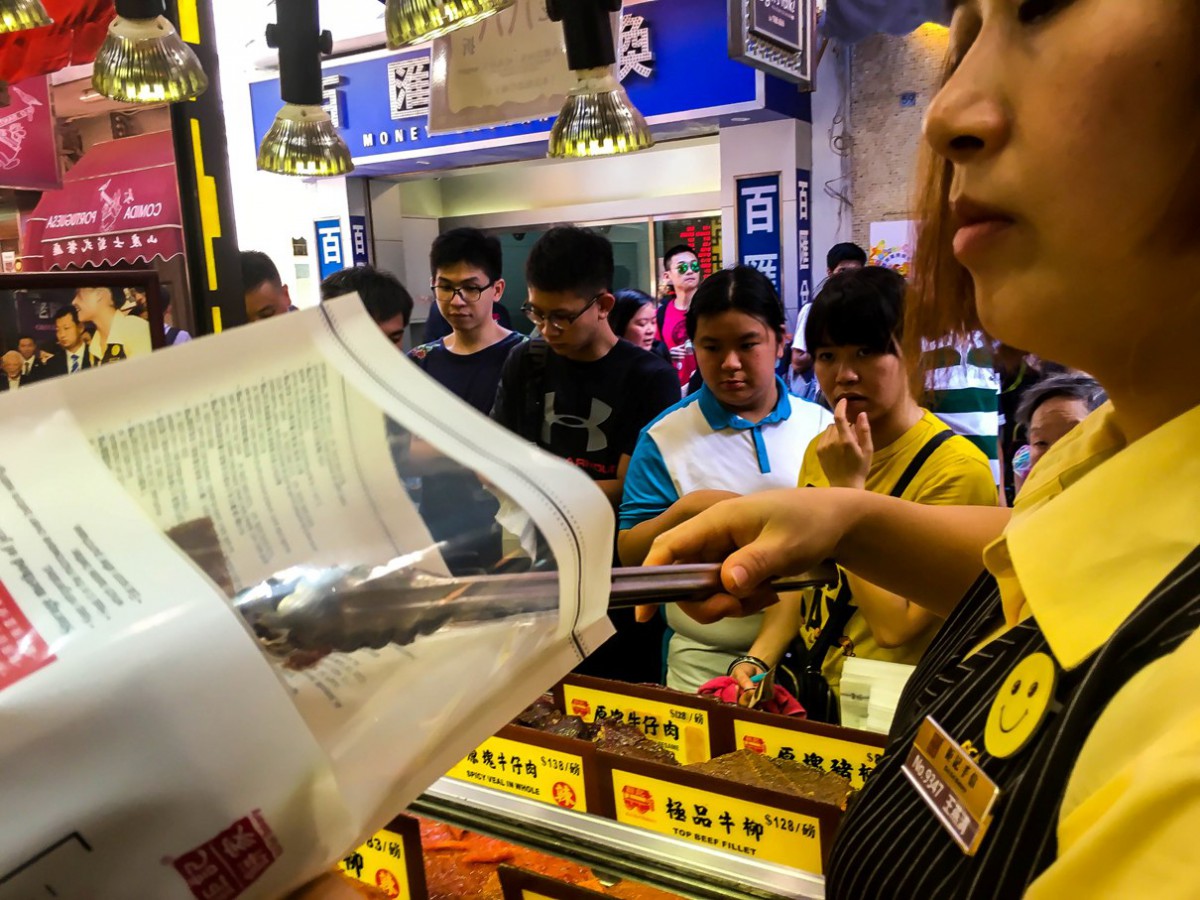
Gelatina Mok Yi Kei
If you’re wondering about the pandemonium that’s taking place at a tiny dessert kiosk near the tail end of Rua do Cunha, then you’ve probably reached Gelatino Mok Yi Kei. The waiting time is actually pretty decent, despite the snaking line of tourists waiting for their turn to order the shop’s bestselling sawdust pudding (serradura) and durian ice cream. According to this Malaysian travel and food blog, the shop imports its durian ice cream from Malaysia.
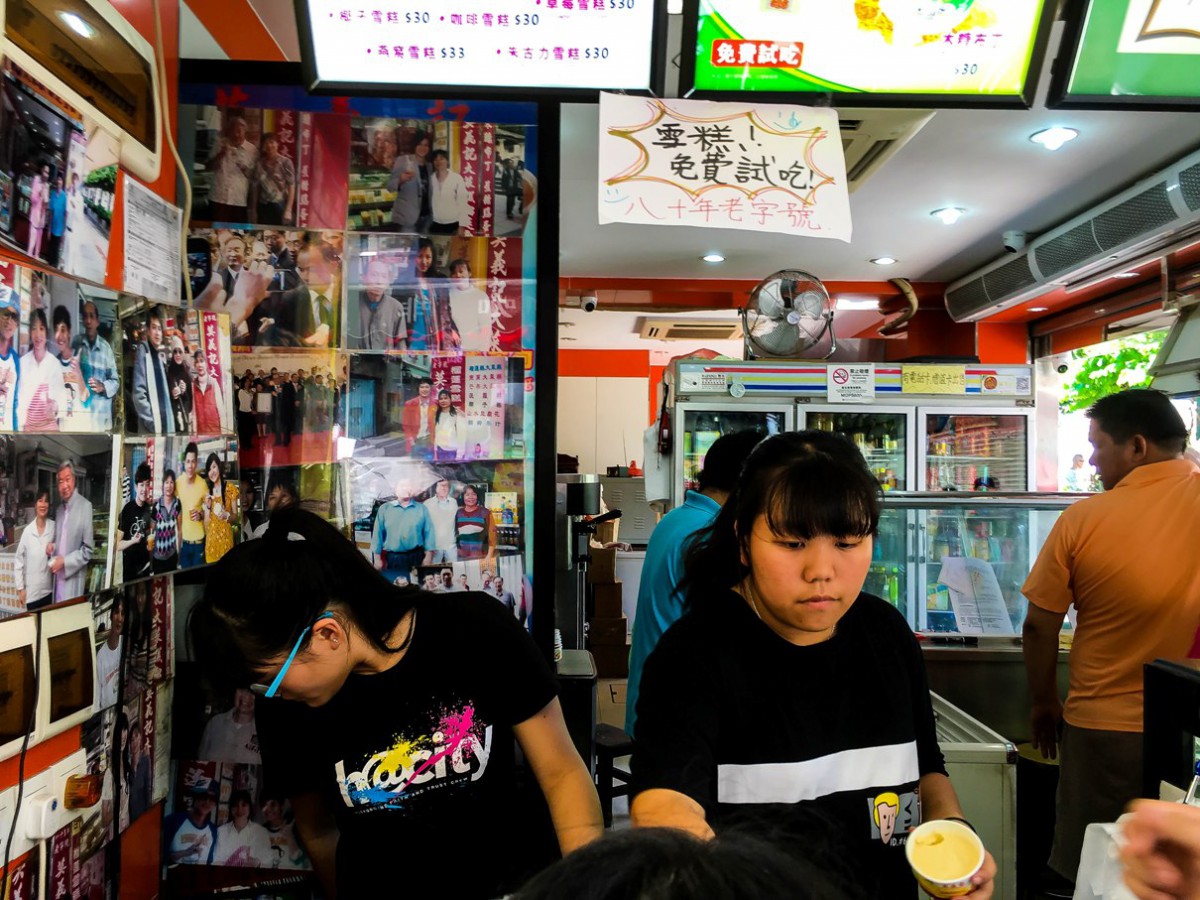
The Taipa Village food street is also home to a number of trendy foodstuff that tourists can try, such as the pork chop bun. Ramen shops and a host of other Asian food restaurants are also present in the area.
Taipa Houses Museum (Casas-Museu da Taipa)
If you don’t have the free tourist guides with you, fret not as it’s easy to find your way to the museum. Just follow the throng of tourists who seemed to be wondering where to go next at the end of Rua do Cunha. Often times they’d figure out the path to the Taipa Houses Museum. That’s exactly what we did.
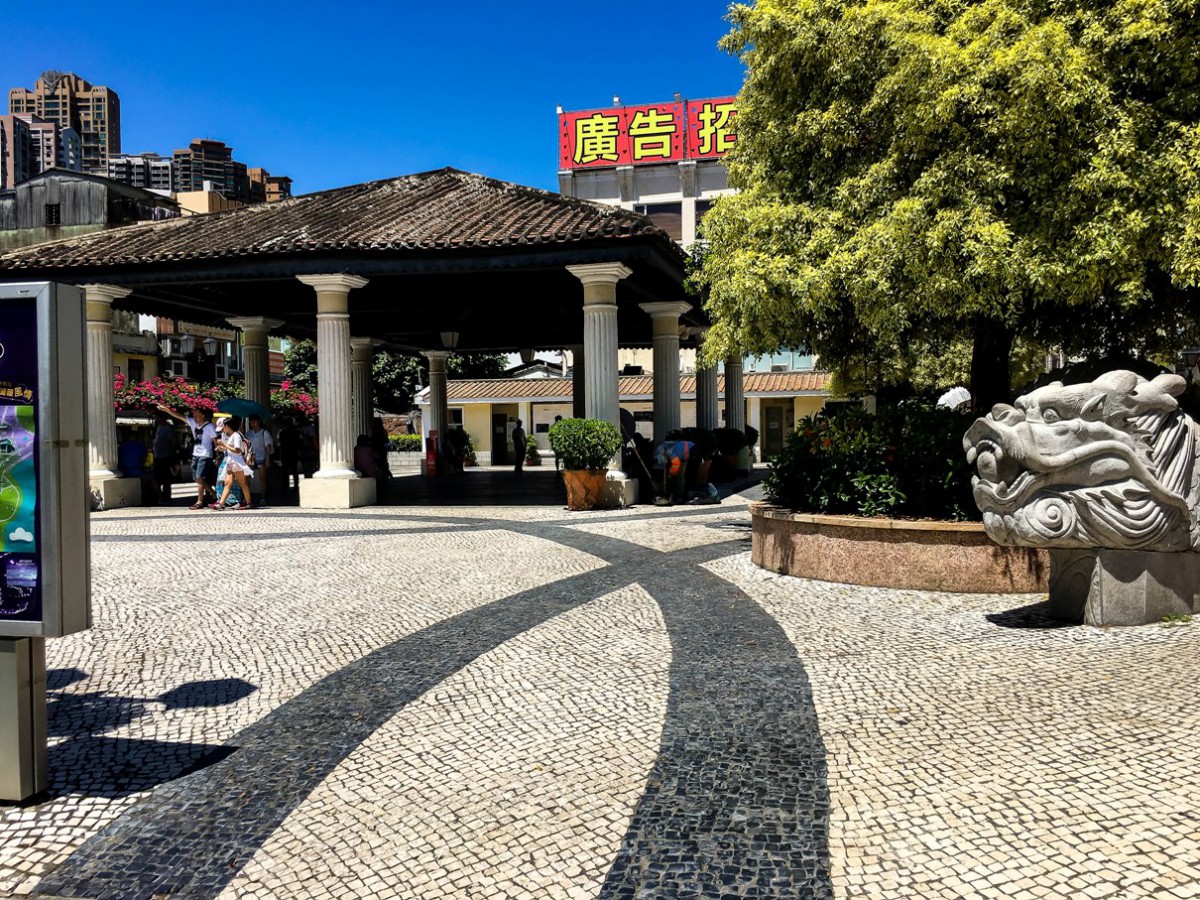
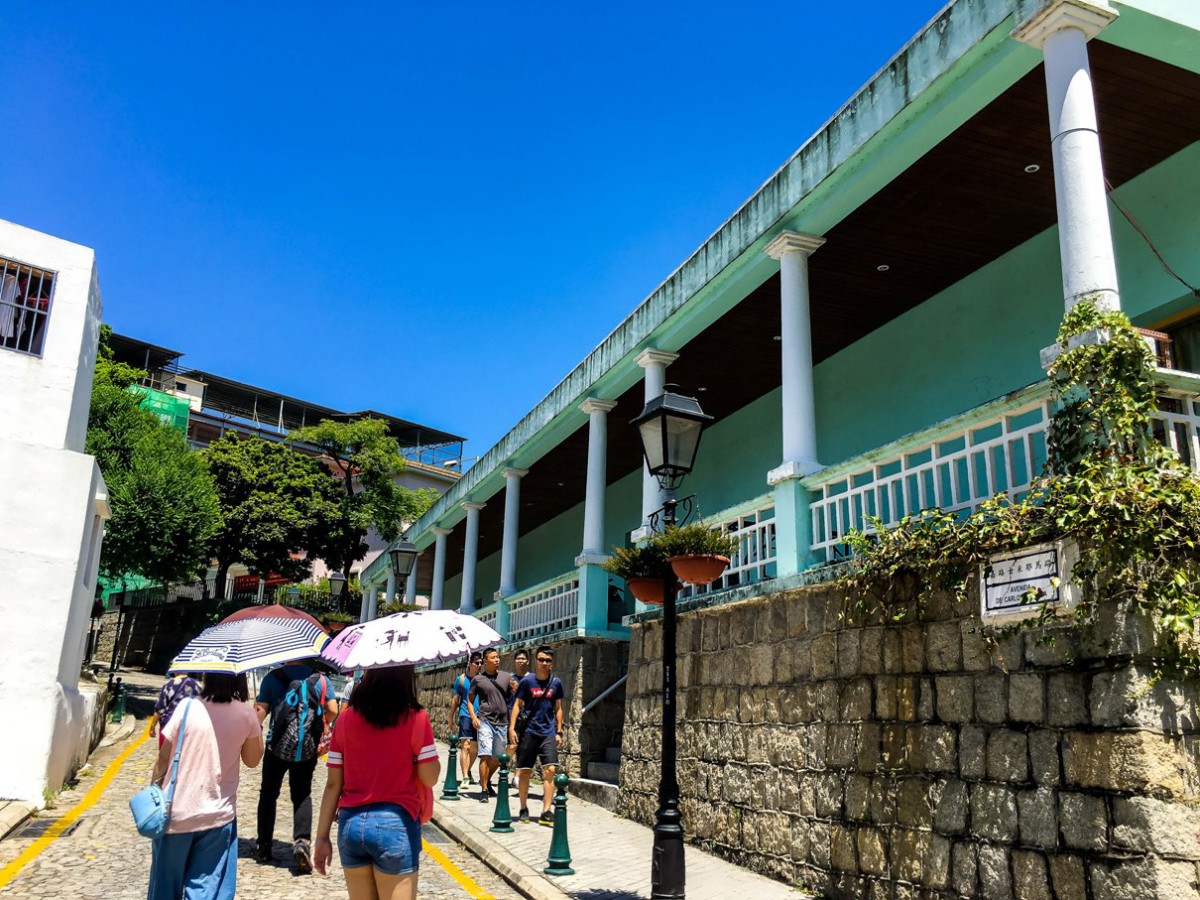
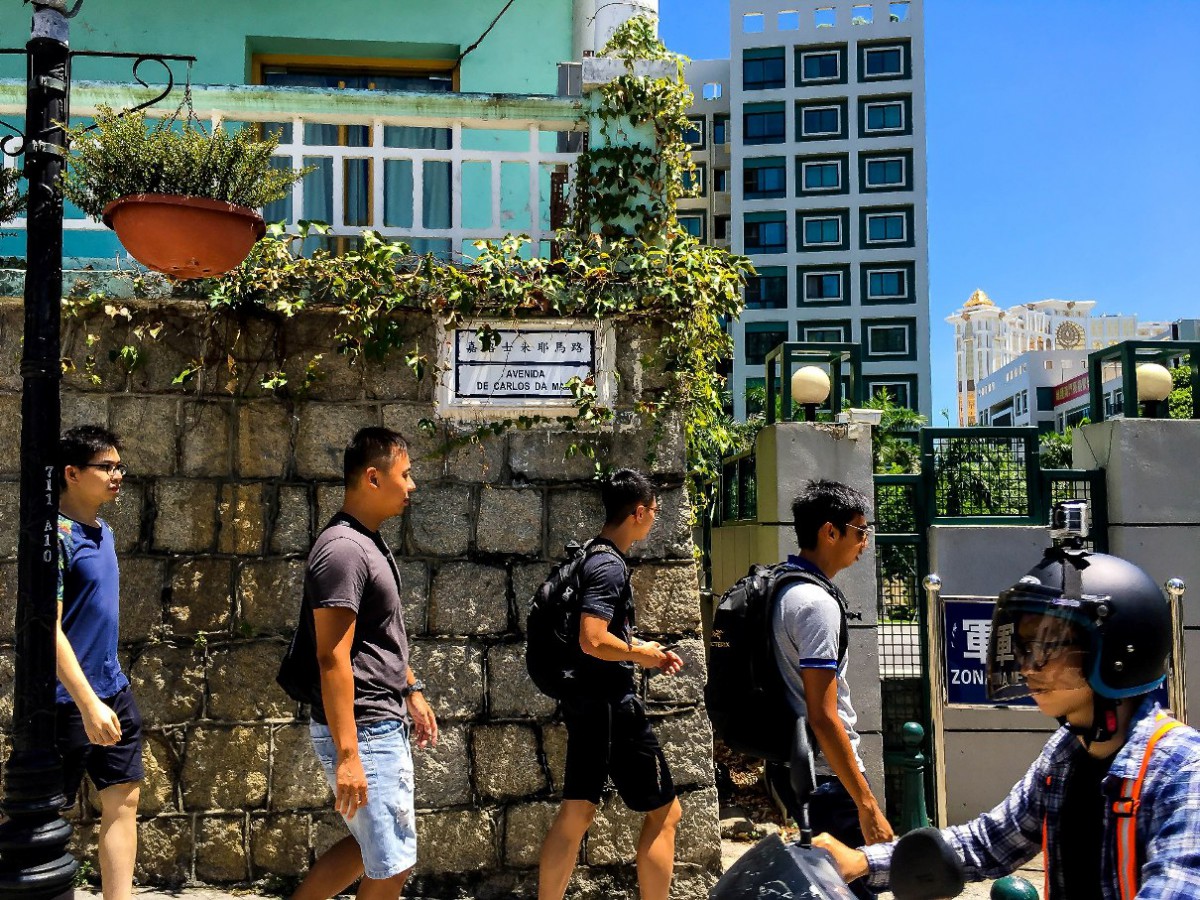
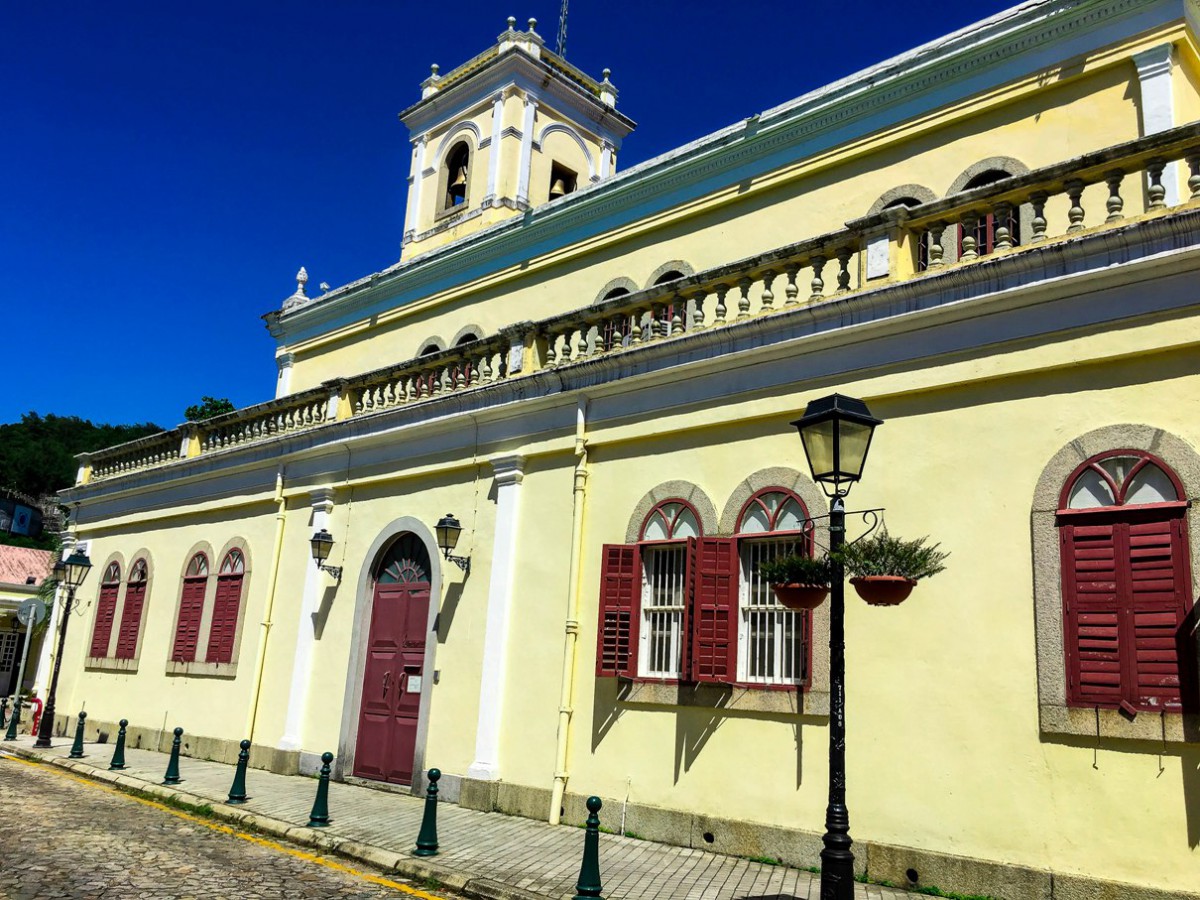
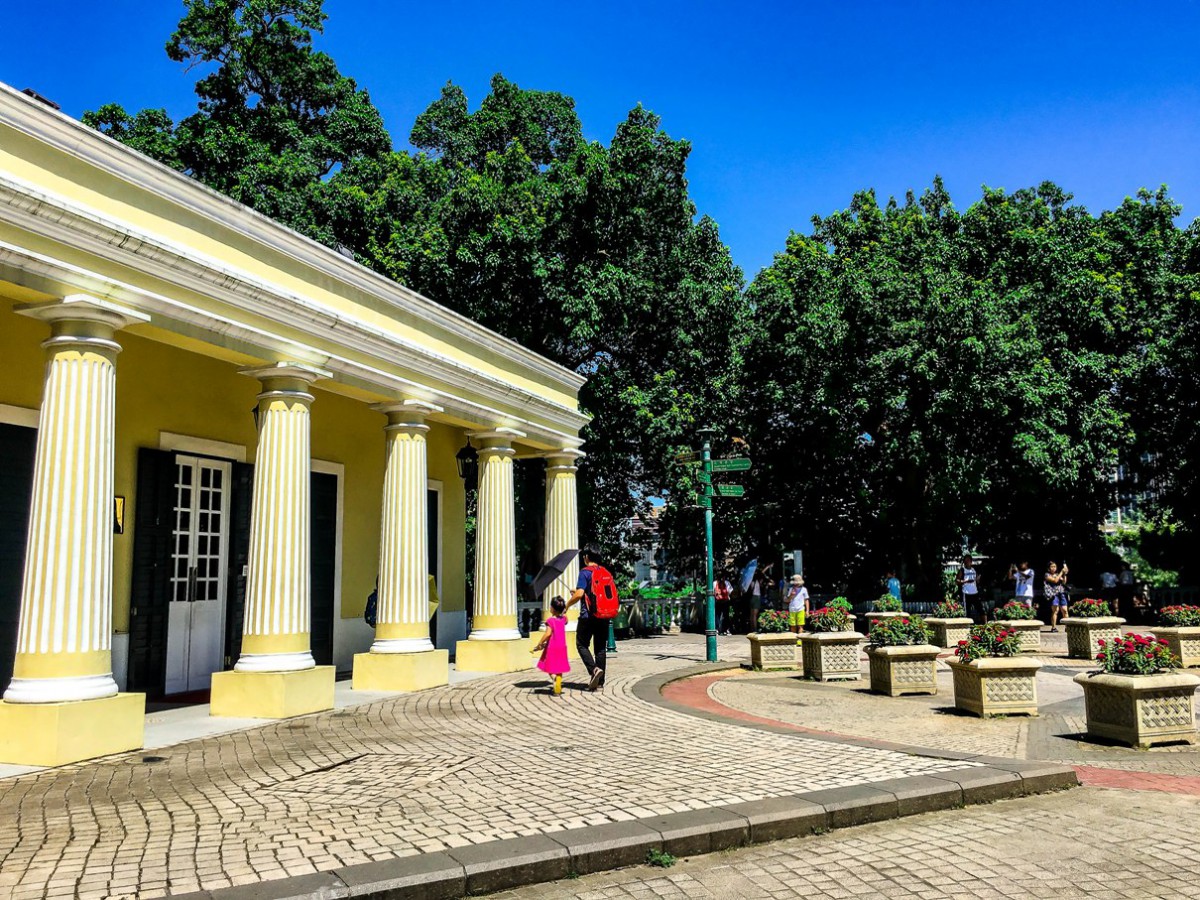
The Taipa Houses-Museum is a group of restored antique houses in the style of Portuguese architecture. According to the official Taipa Village tourism site, the residences used to face a lake during the early 1920s. The Macau Civil and Municipal Affairs Bureau manages the site, which features items that depict the way of life during the Portuguese occupation of Macau.
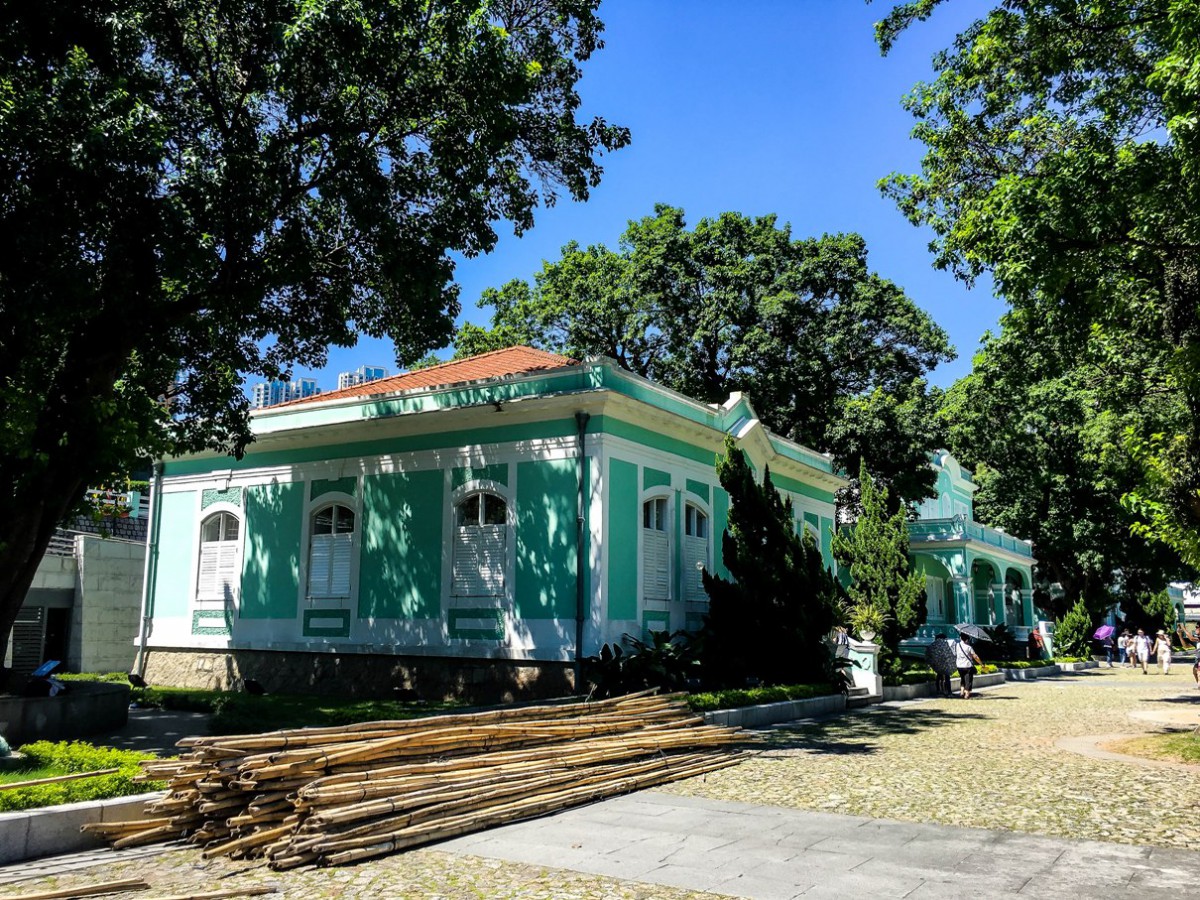
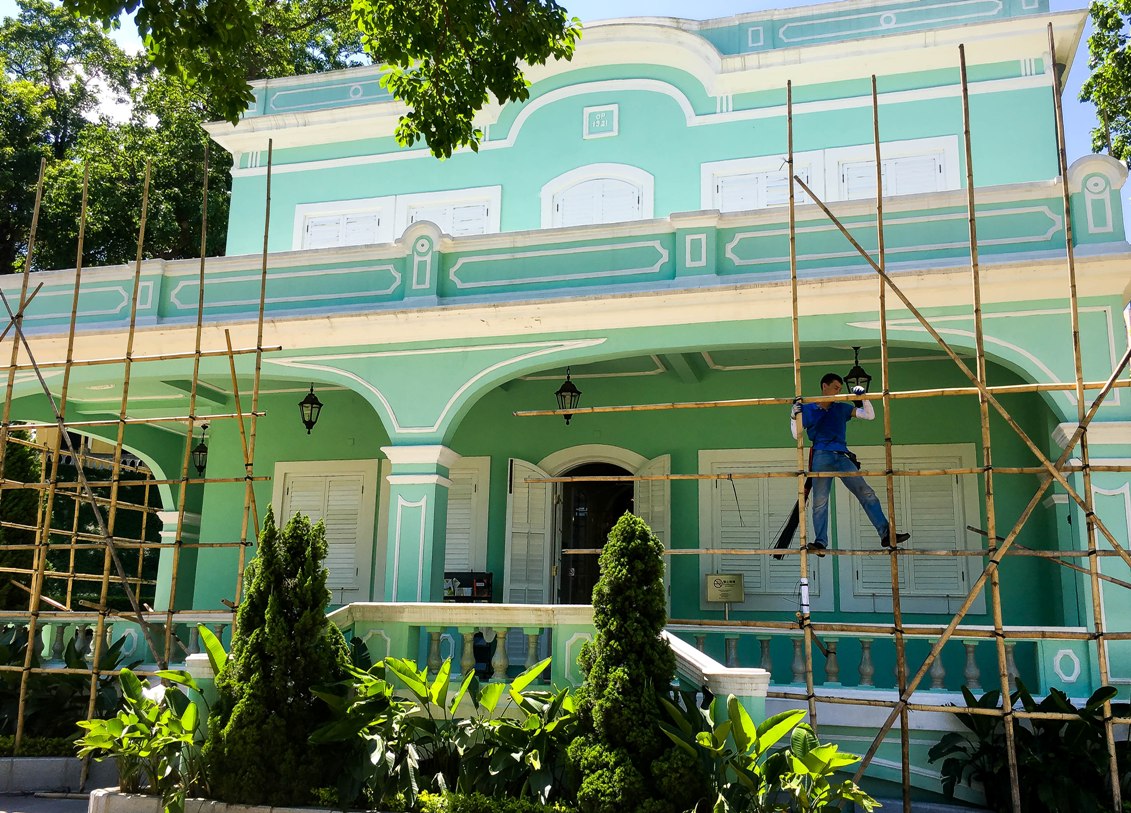
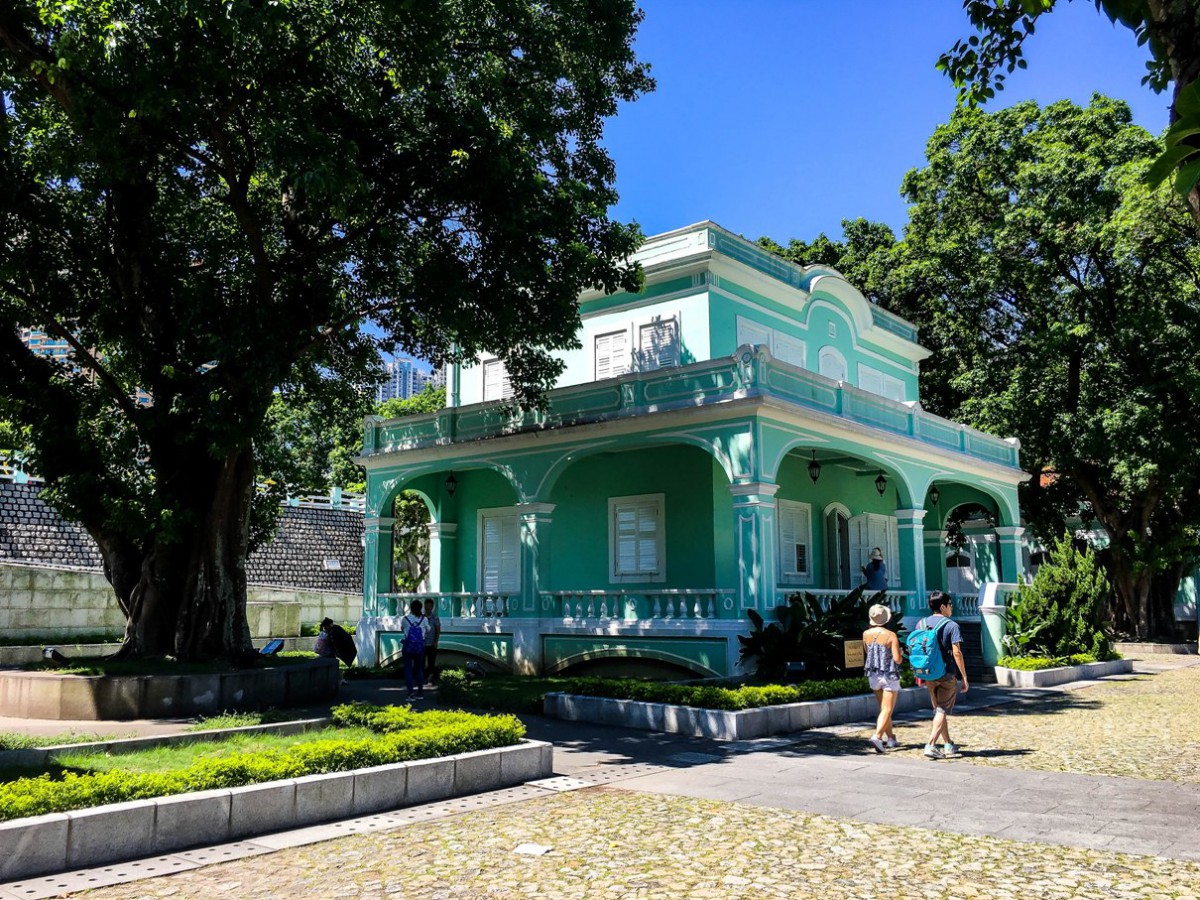
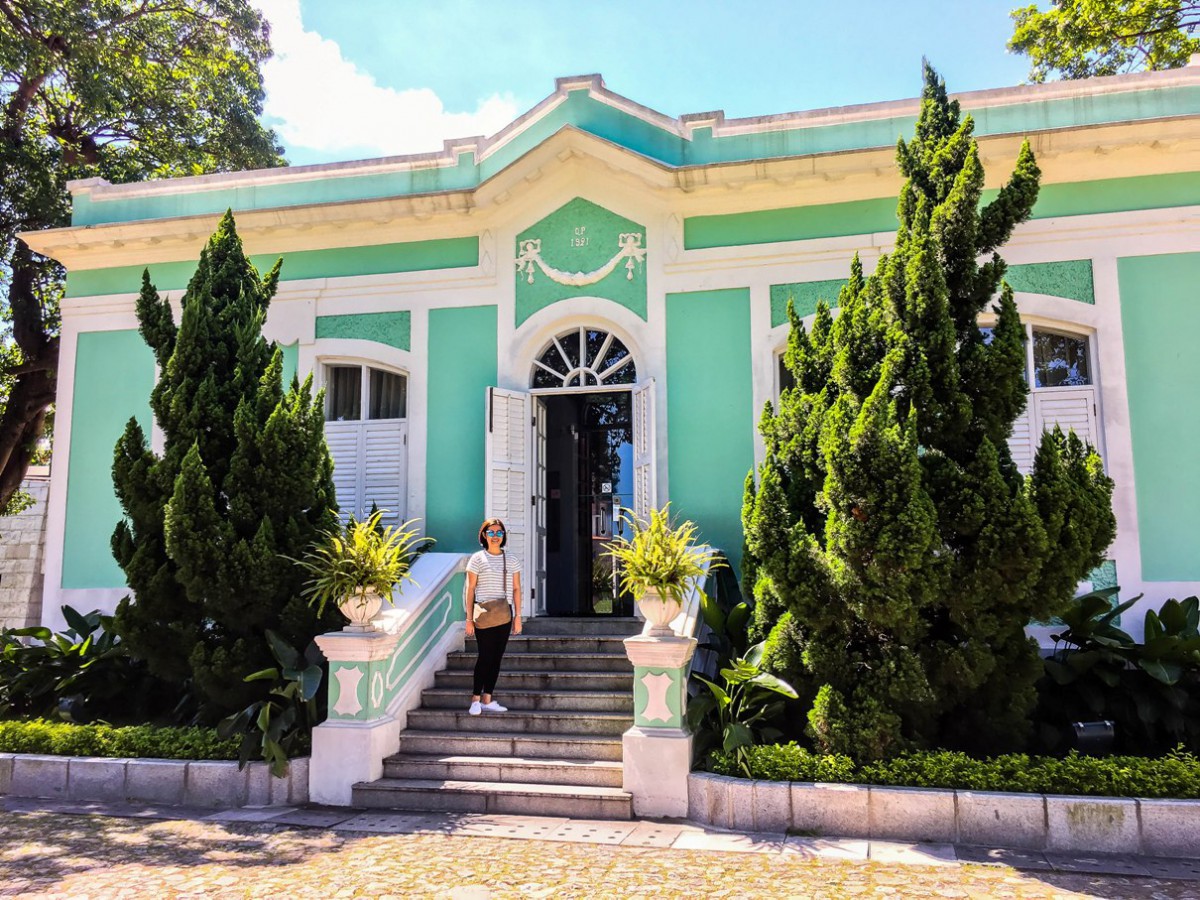
How to go to Taipa Village from Cotai Sands
There are two bus route options that can take you to Taipa from Sands Cotai Central. The first one is via Rotunda Do Istmo at City of Dreams (bus 50). The other one is via the 25X bus at the border gate of Estrada Do Istmo in Venetian Macau. Both buses will stop by the roundabout at Leonel Sousa, from where you can walk to Taipa. In my honest opinion, however, the most fun way to go to Taipa Village is by walking.
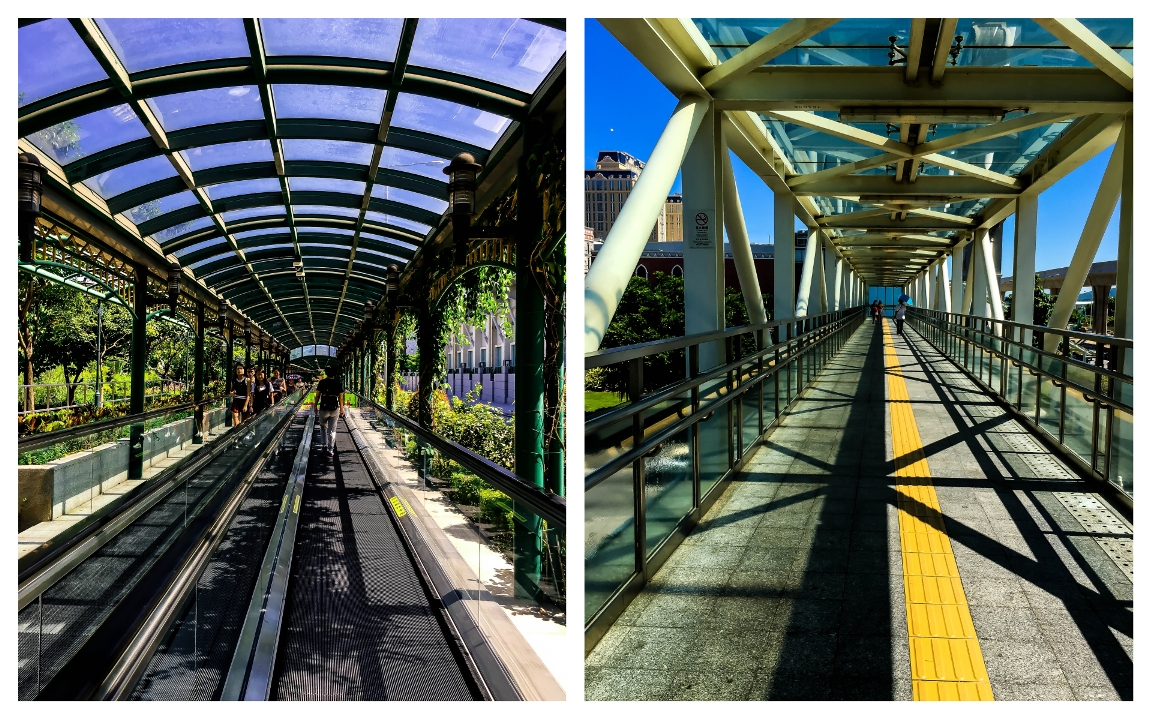
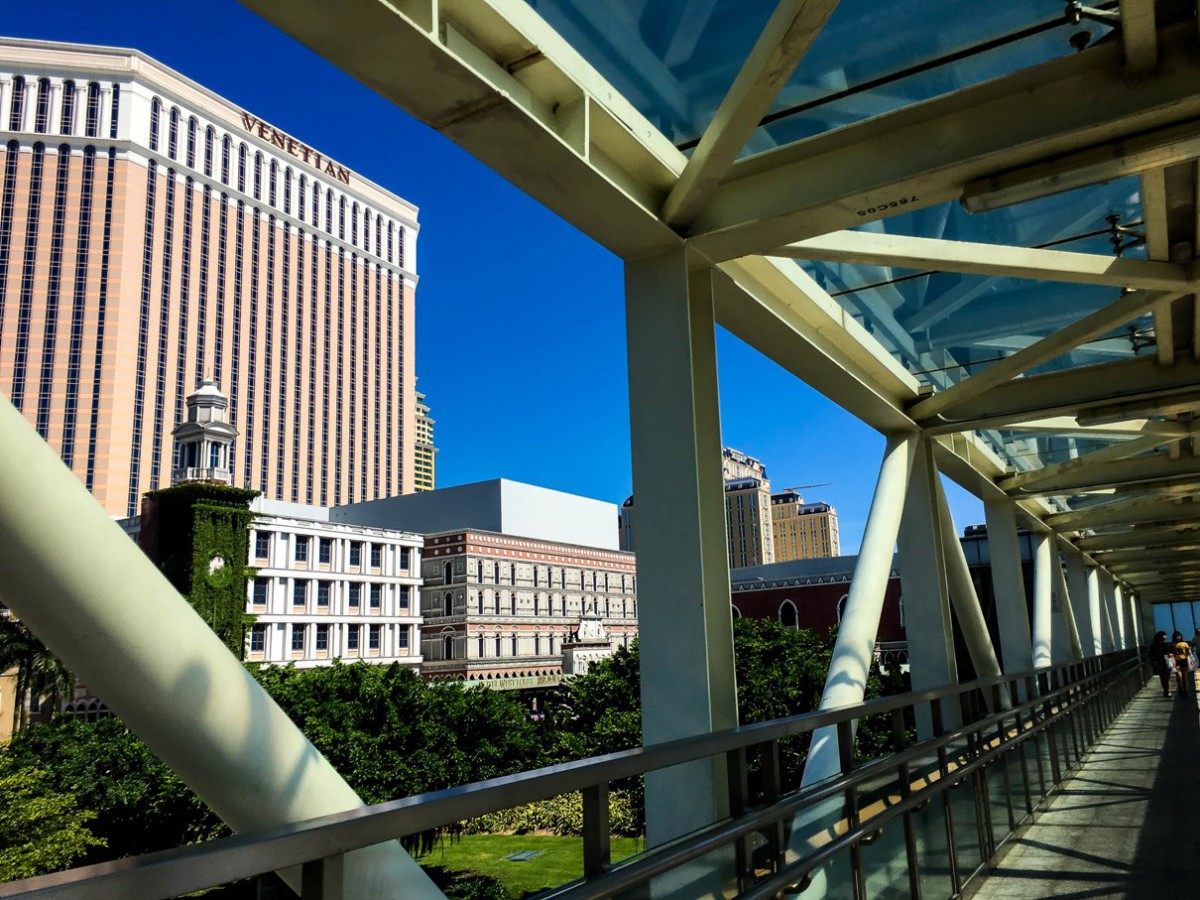
Taipa Village Macau Map
Words and Photographs by Sandy Miguel. All rights reserved.
